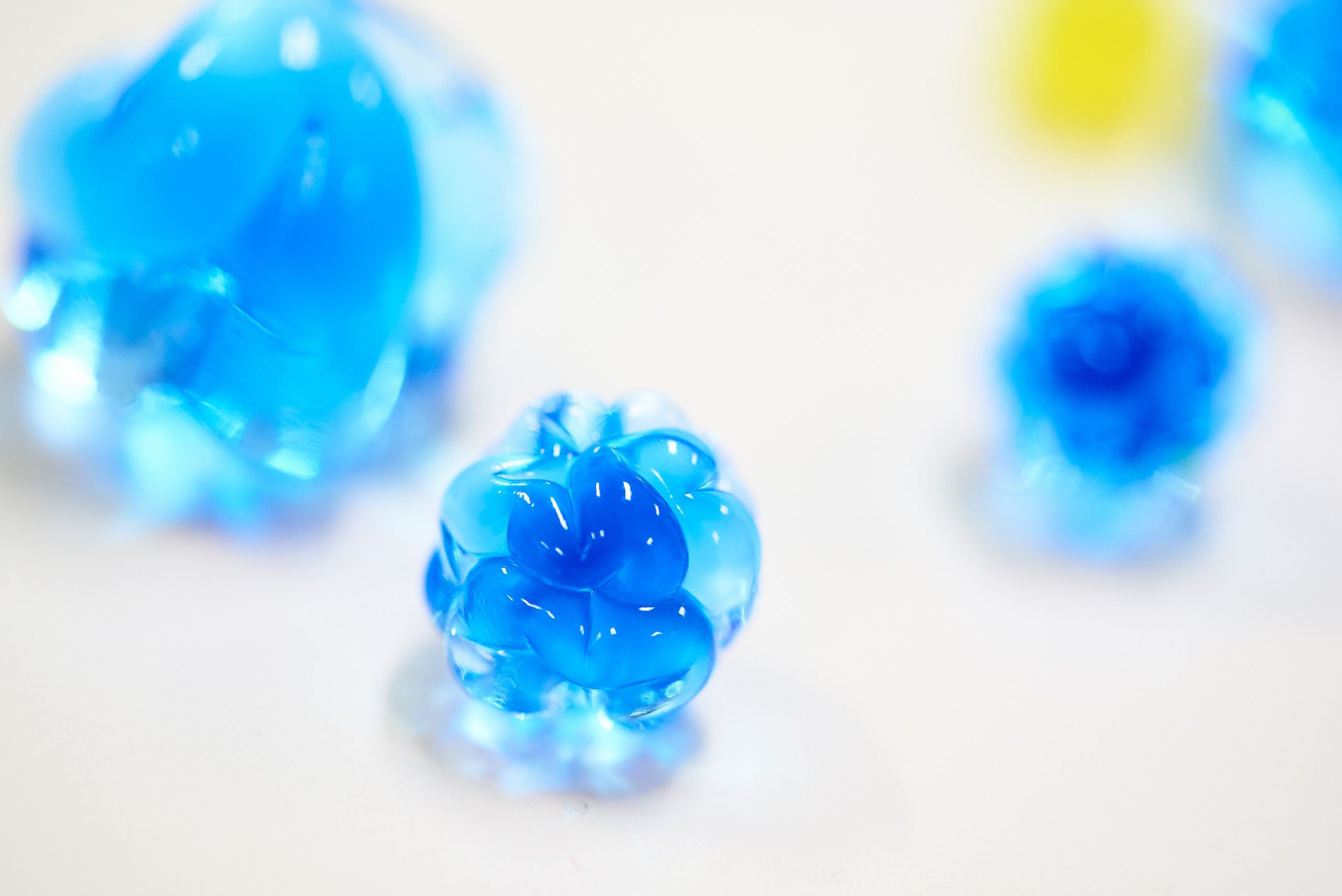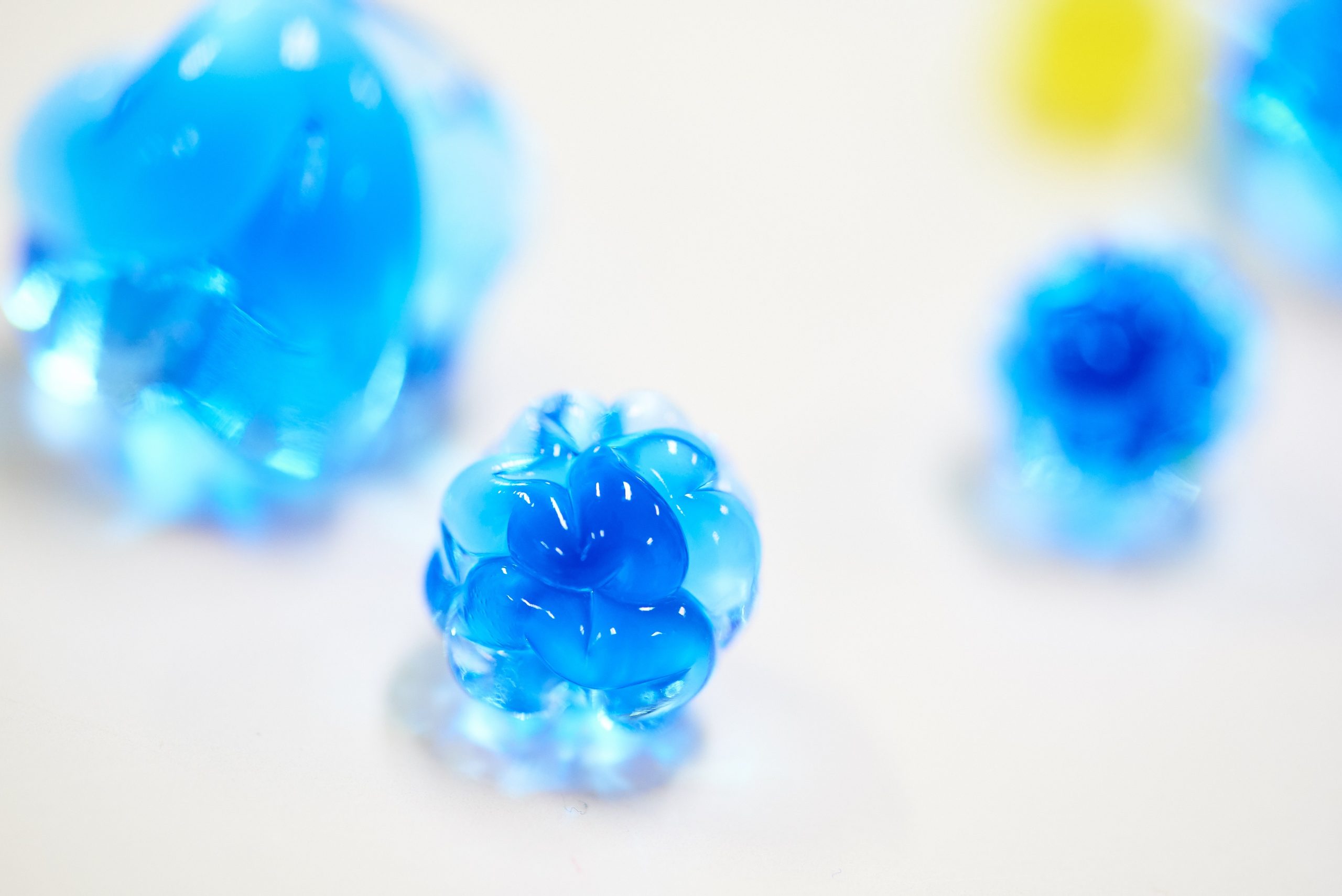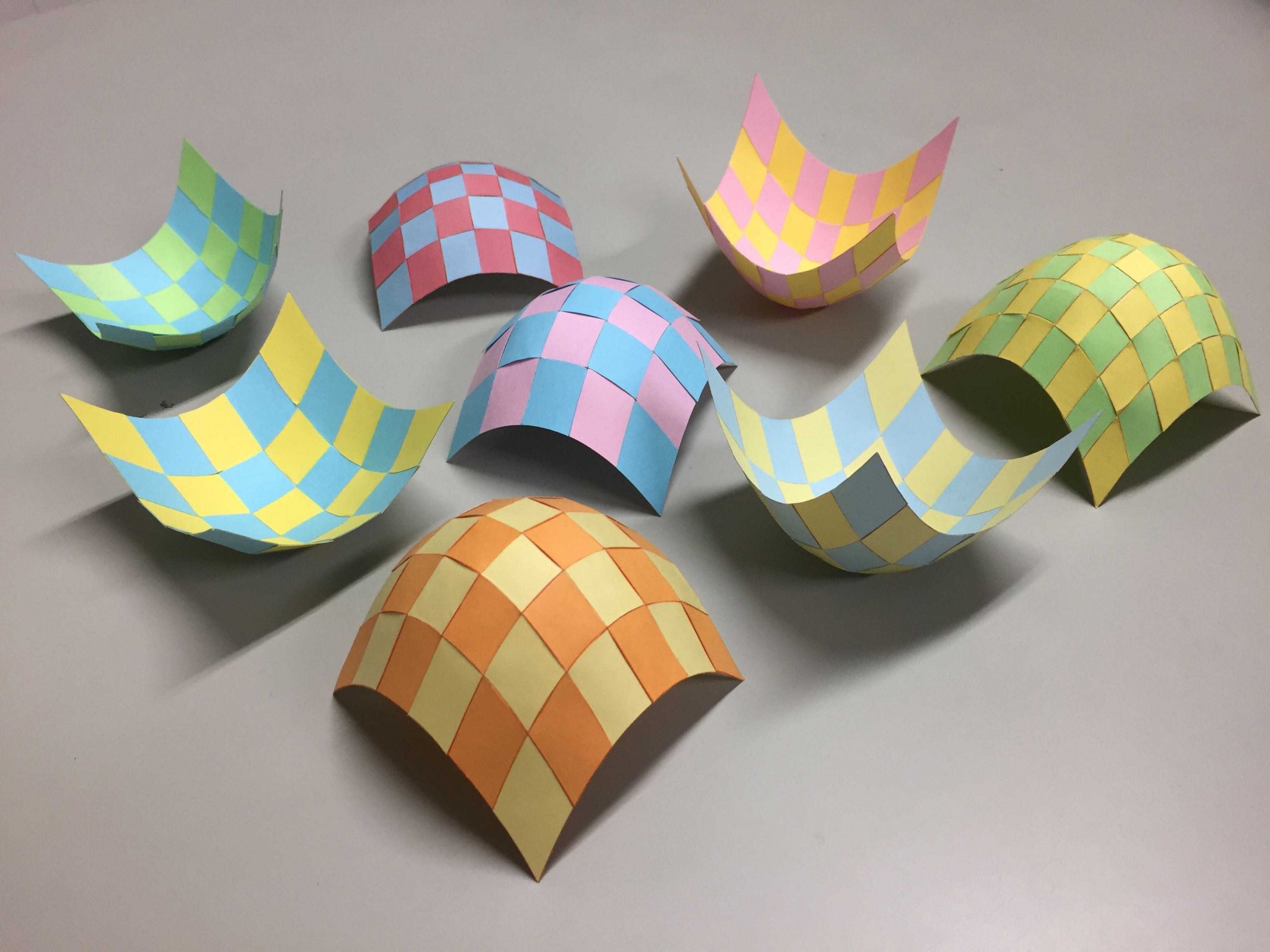(大阪大学 大学院基礎工学研究科 垂水研究室へようこそ!)
Research Interests
Our group is engaged in fundamental research focused on analyzing various nonlinear mechanical phenomena observed in solid materials and structures. Our research topics encompass the geometric design of origami, kirigami, amigami, and mechanical metamaterials on curved surfaces, as well as the fracture and mechanical instability of elastomers, ecological structure design inspired by plant biomimetics, and the mechanics of dislocations and disclinations, among others. A distinguishing aspect of our research is the utilization of continuum mechanics on differential geometry. By extending the mathematical framework of analysis from Euclidean spaces to Riemannian manifolds, we are able to formulate a broad range of mechanical phenomena in a more sophisticated manner. Our objective is to gain a deeper understanding of the complex nonlinear mechanical behaviors exhibited by soft and flexible structures, with the ultimate goal of creating novel soft robots.
(For further information, please visit our research page)
Educational Policy
The common scientific foundation for our research, encompassing theory, computation, and experimentation, lies in continuum mechanics. We aim to equip students with an understanding of the mechanical properties of solids and structures by applying continuum mechanics. In doing so, it strives to foster a comprehensive perspective that extends beyond individual research topics and encompasses various disciplines within mechanics.
Theoretical studies delve into continuum mechanics and elasticity theory, with a particular focus on their description within Riemannian manifolds. In numerical research, students acquire knowledge of the finite element method, enabling them to solve stress equilibrium equations using a variational framework. Additionally, they learn to model various analytical objects using generative design techniques. Experimental research involves the fabrication of flexible structures and conducting mechanical experiments utilizing 3D printers and laser-cutting machines. These studies are not pursued in isolation; instead, they are often approached through a combination of theory, computation, and experiment, synergistically enhancing our understanding of the subject matter.
Access
1-3 Machikaneyama, Toyonaka, Osaka 560-8531 Japan
Tarumi:A320,Kobayashi:A328-330,Students:A322-326
TEL/FAX 06-6850-6185(Tarumi)



